The United States has reduced its tariff rate on Philippine exports from 20% to 19% following recent discussions between President Ferdinand R. Marcos Jr. and U.S. President Donald Trump.
President Marcos, speaking to the Philippine media before returning to Manila, described the one-percentage-point reduction as “a significant achievement,” noting its potential impact on trade volumes and pricing competitiveness.
With the revised tariff rate, the Philippines now holds the second-lowest U.S. tariff level among Southeast Asian nations, behind only Singapore, which benefits from a bilateral Free Trade Agreement (FTA) with the U.S. Tariff rates for other ASEAN countries reportedly range between 19% and 49%.
Philippine Ambassador to the U.S. Jose Manuel Romualdez welcomed the development but emphasized that further negotiations are expected. “The lowering of the tariff to 19 percent is a good deal for the moment, but there is still more that we can do,” he said.
During a joint press event ahead of their White House meeting, President Trump referred to President Marcos as a “strong negotiator” and expressed optimism that a broader agreement would be reached.
As part of the discussions, the Philippines agreed to eliminate tariffs on U.S. automobile imports. Additionally, the Philippines is expected to increase its imports of key American products, including soybeans, wheat, and pharmaceuticals—measures that could affect both market access and local consumer pricing.
“There’s still a lot of detail that needs to be worked out on the different products and the different exports and imports,” President Marcos said.
The U.S. remains one of the Philippines’ largest trading partners, with bilateral trade exceeding $20 billion in 2024.
#SupplyChainNews #TariffsAndDuties #USPhilippinesTrade #GlobalTradeUpdate #EconomicDiplomacy

















